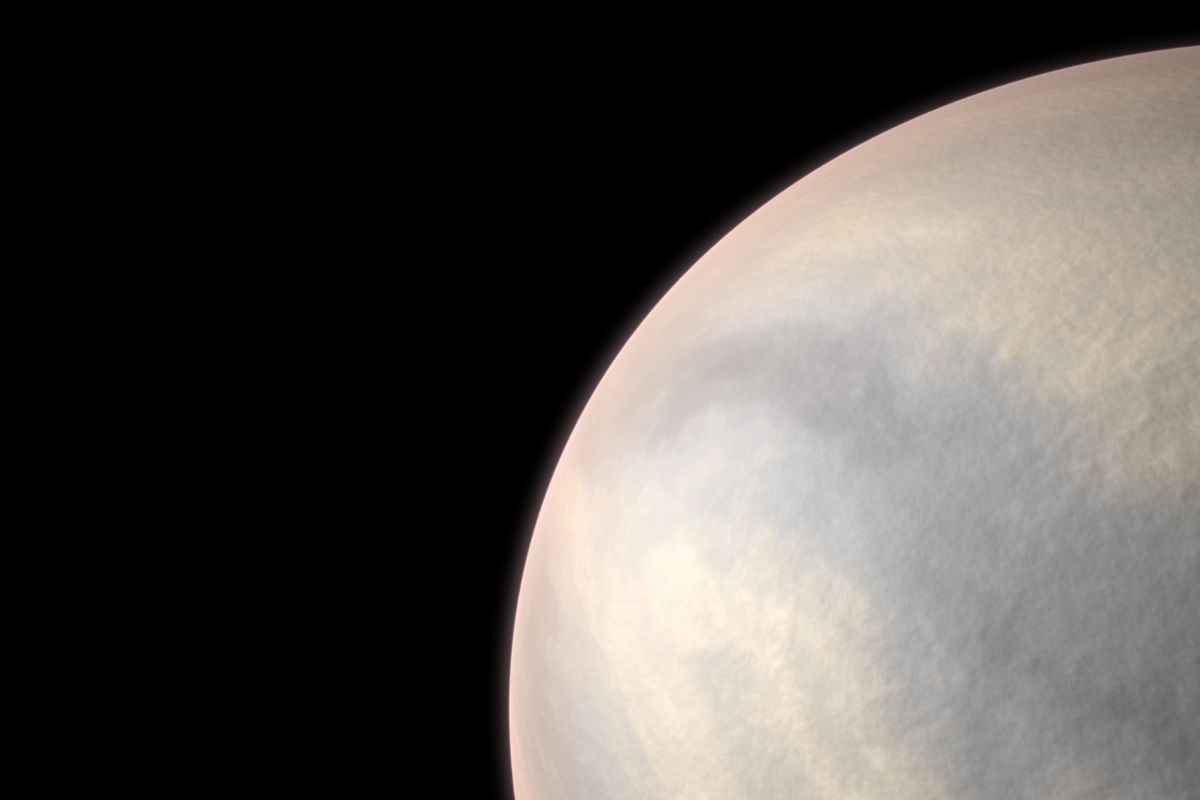Interview with Michel Mayor "Within 10 years we will have candidate planets to search for life"
Interview with Avi Loeb: 'It is probable that there have been many other intelligent civilizations in the universe, although most will have disappeared'
At 26 light years from the Sun there is a planet too hot to have life but which, according to its discoverers, will help them study if other worlds outside the Solar System are habitable.
It is called Gliese 486b, it is a
super-earth
and, although it
orbits a red dwarf star that is much weaker and cooler than our sun
, its surface temperatures exceed 430 degrees, as detailed this week in the journal
Science
.
"The estimate we have of its temperature is that it is rather similar to that of Venus, too high to host life as we know it here on Earth," explains José Antonio Caballero, from the Center for Astrobiology (CSIC-INTA), one of the Spanish researchers who have participated in this study led by scientists from the Max Planck Institute for Astronomy, in Germany.
According to this team, the discovery of this planet may be the
Rosetta stone
that allows them to test atmospheric models to know the conditions in other worlds outside the Solar System (exoplanets) with telescopes such as the
James Webb
, whose launch is planned for October 31st.
The detection of Gliese 486b has been done mainly using the CARMENES instrument, whose consortium is made up of eleven research centers in Spain and Germany.
This instrument monitors hundreds of red dwarf stars in search of planets like ours.
Gliese 486b
The new discovered planet is 2.8 times the mass of Earth and 30% larger in size, making it
a rocky planet
, like Earth or Venus, according to its discoverers.
It revolves around its star every 1.5 days, following a circular orbit at a distance of 2.5 million kilometers.
Recreation of the planet Gliese 486b, 26 light years away
As Caballero reviews in an email, "more than 4,000 planets have already been found orbiting other stars, and among them, some similar to Gliese 486b in terms of their mass and radius. But this particular star is relevant because of several reasons. It is a system that shows transits, that is to say that the planet passes in front of the star periodically. This allows us to measure the size of the planet, and in the future it will allow us to study its atmosphere using techniques such as transit spectroscopy. "
On the other hand, he adds, "observations with the CARMENES and MAROON spectrographs have allowed us to detect orbital motion and this gives us the mass of the planet, from which we conclude that the planet is similar to the earth or rocky".
In addition, the closeness of this system stands out: "
Gl 486b is the third closest planet that shows transits,
and the first around a small star with a given mass. This is relevant because on the one hand, the star is brighter (for its proximity) and on the other hand, the signal of the planet relative to the star is also bigger, which facilitates its detection ".
Among the most promising systems that they will study in the coming years in search of signs of life, the astrophysicist mentions the planetary system around the star TRAPPIST-1, 39 light years away, whose discovery in 2017 caused great expectation.
"The problem is that it is weaker, which complicates the study of the atmosphere of its planets," he says.
According to the criteria of The Trust Project
Know more
Science and Health
science
EnvironmentPioneers in combining nanomaterials and renewable energies win the FBBVA Frontiers Award
AstronomyThe most energetic cosmic rays in the Milky Way
The first Arab mission to Mars faces its most critical phase: today it will try to enter its orbit
See links of interest
Work calendar
Zenit Saint Petersburg - Real Madrid
West Bromwich Albion - Everton
Maccabi Fox Tel Aviv - Valencia Basket
Parma - Internazionale
Levante - Athletic, live

